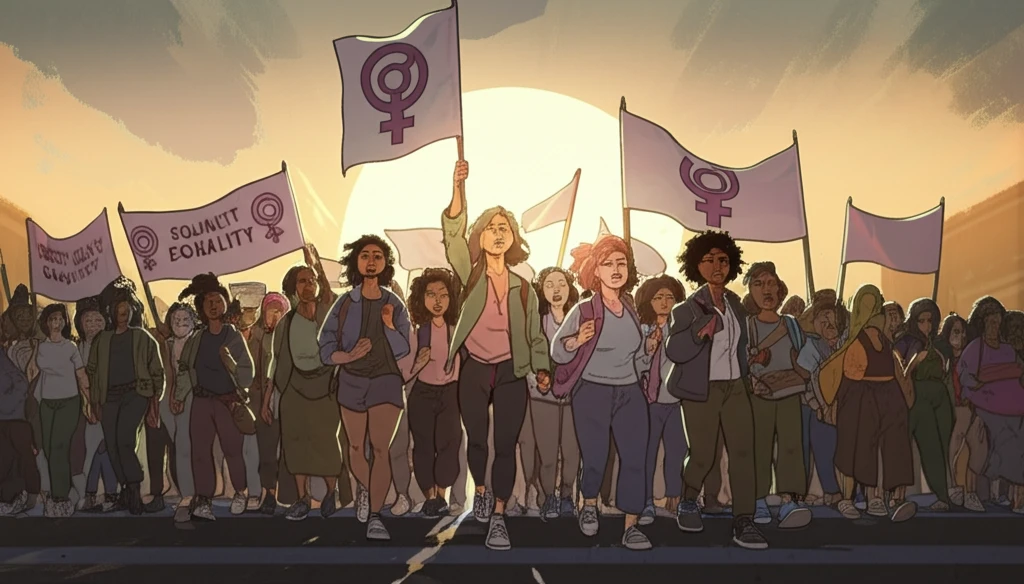
The Ongoing Battle: Why Birth Control Access Still Matters
"Exploring the historical context and current challenges to reproductive rights in America."
The fight over birth control in America is far from over. While it might seem like a settled issue, the reality is that access to contraception is still under attack in many parts of the country. These challenges aren't new; they're rooted in historical power dynamics and ongoing debates about women's roles, religious freedom, and government involvement in healthcare.
Understanding the history of birth control in the U.S. is crucial to grasping the present-day battles. What started as a movement for women's liberation and bodily autonomy has become a political flashpoint, with consequences that disproportionately affect low-income individuals and marginalized communities.
This article will explore the historical context of birth control access in the U.S., examine the key arguments and players in the ongoing debate, and highlight why protecting and expanding access to contraception is essential for achieving true gender equality and social justice.
A History of Resistance: The Long Road to Reproductive Rights

The struggle for birth control in the U.S. dates back to the 19th century, when all forms of reproduction control were outlawed. This wasn't necessarily about fetal rights; it was largely about controlling women's roles in society. The rise of industrialization and women's increasing participation in the workforce threatened traditional norms, and restricting reproductive freedom was a way to maintain the status quo.
- The Comstock Act of 1873: Banned the distribution of information about contraception through the mail.
- Early 20th Century: Birth control advocates faced legal challenges and social stigma.
- Mid-20th Century: Gradual shift towards greater acceptance of contraception, with the introduction of the birth control pill.
The Future of Reproductive Rights: Why We Must Remain Vigilant
The fight for birth control access is an ongoing struggle. We must remain vigilant in defending reproductive rights and ensuring that all individuals have the autonomy to make informed decisions about their bodies and their futures. This includes supporting organizations that provide reproductive healthcare, advocating for policies that protect access to contraception, and challenging the misinformation and stigma that surround these issues.
